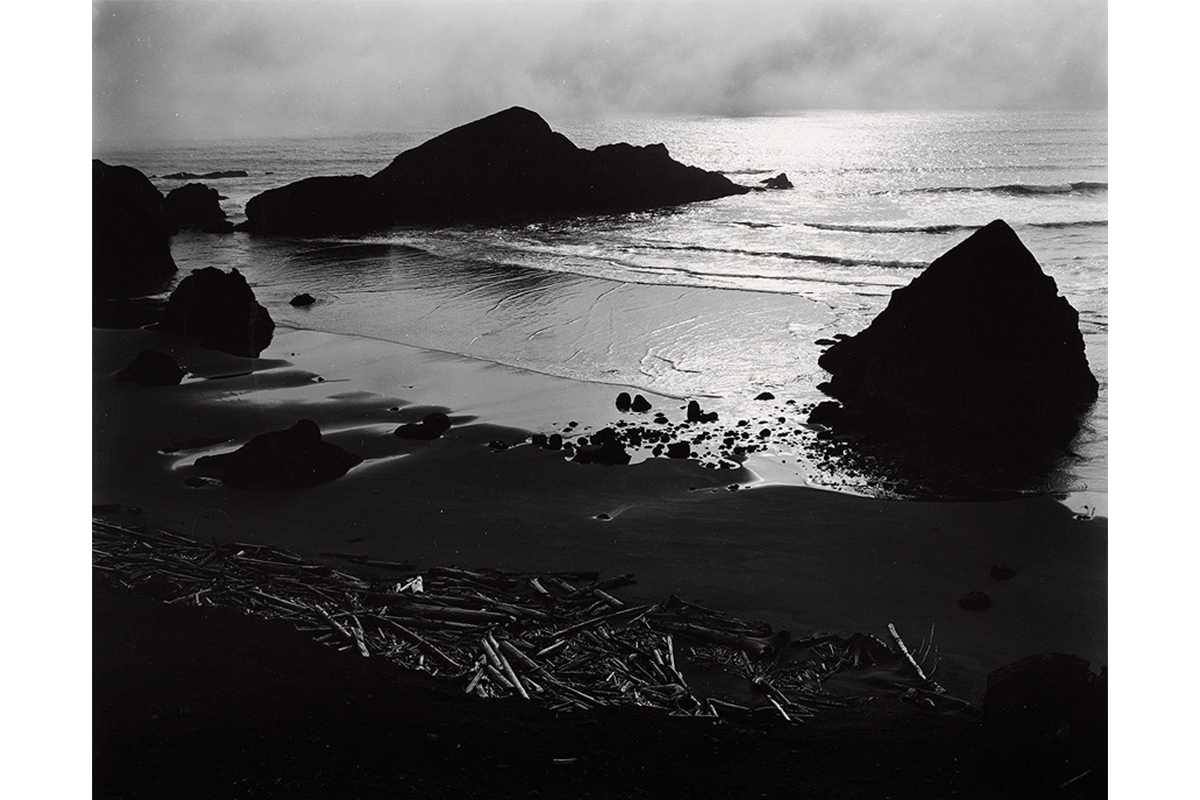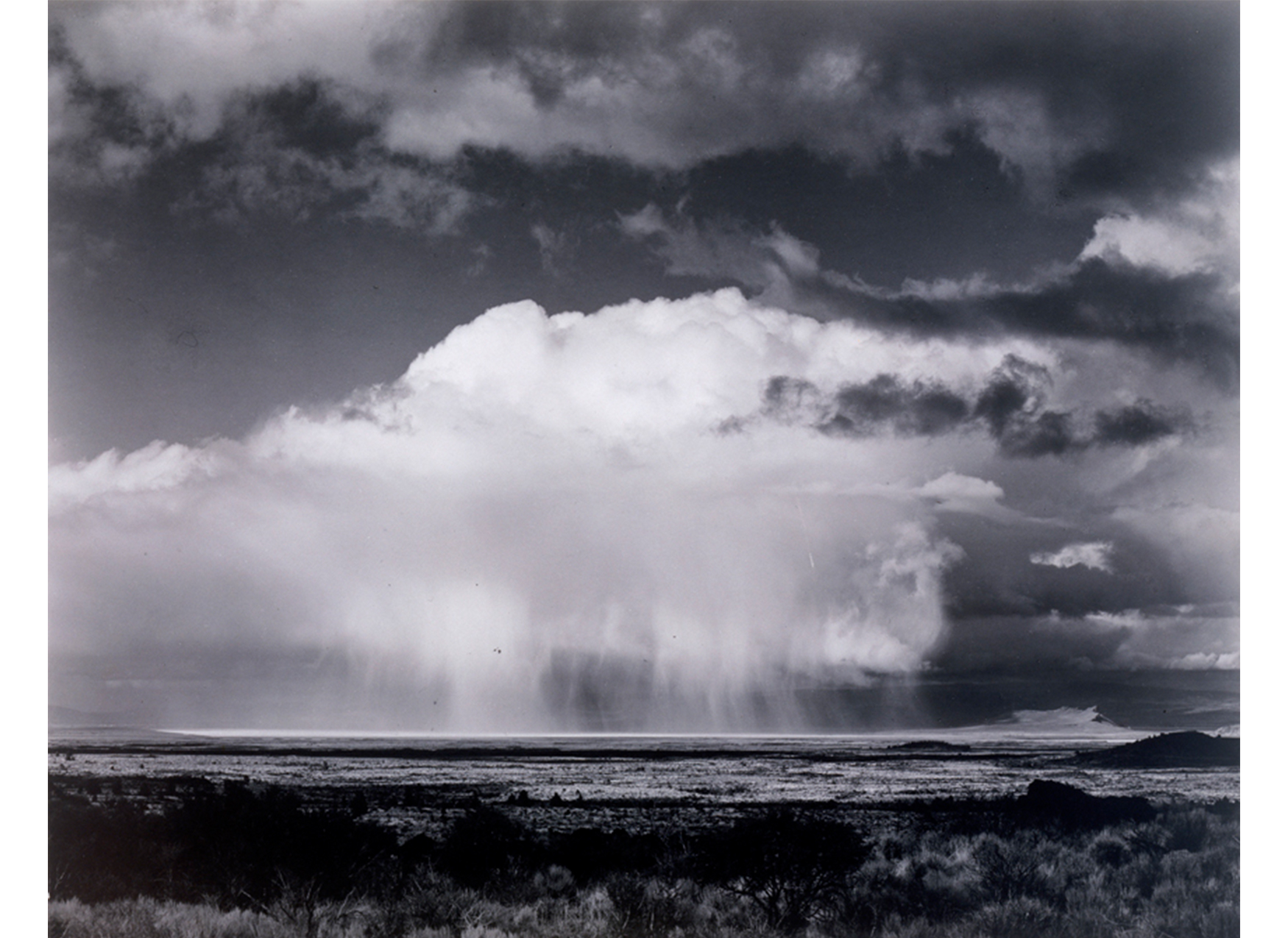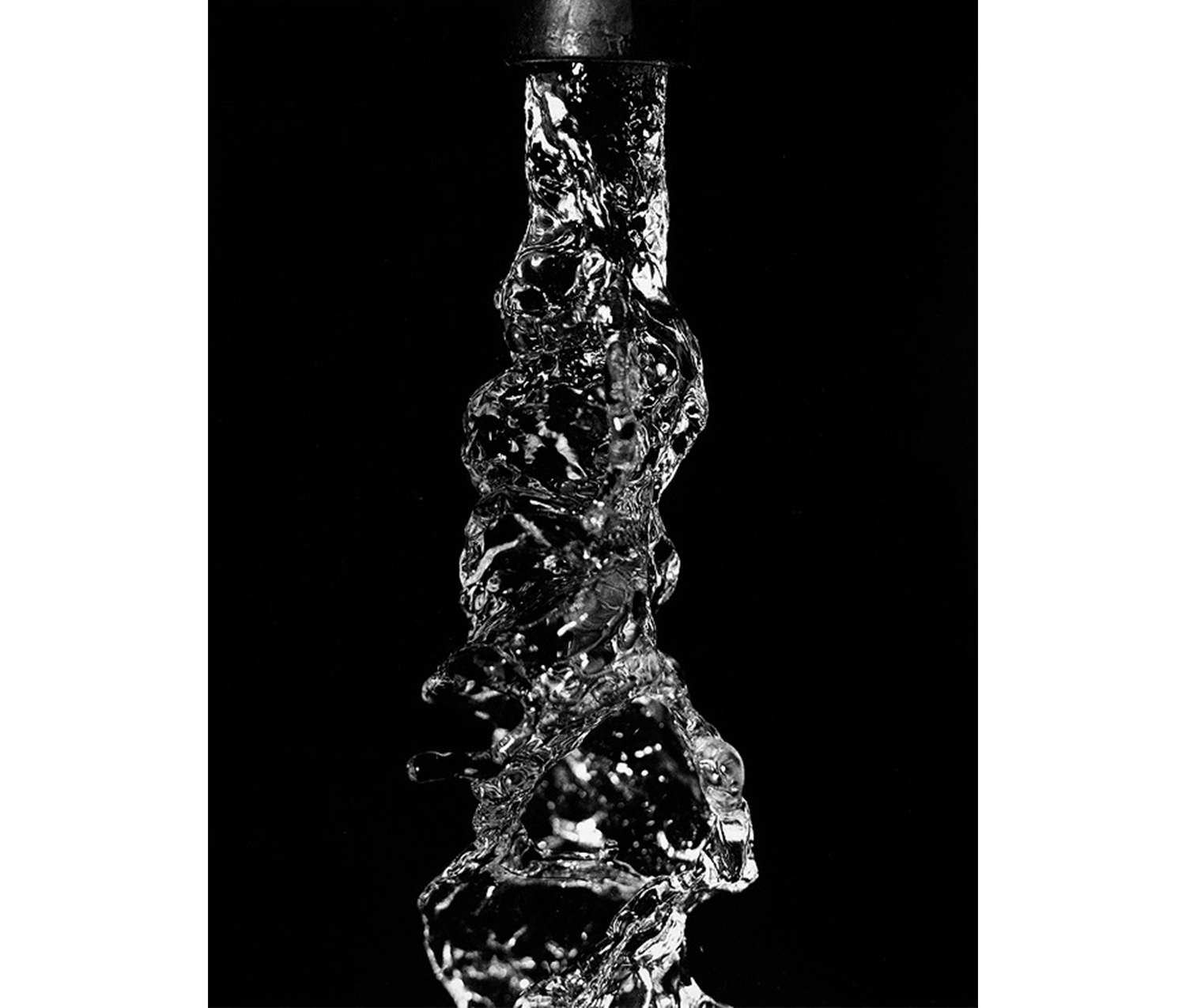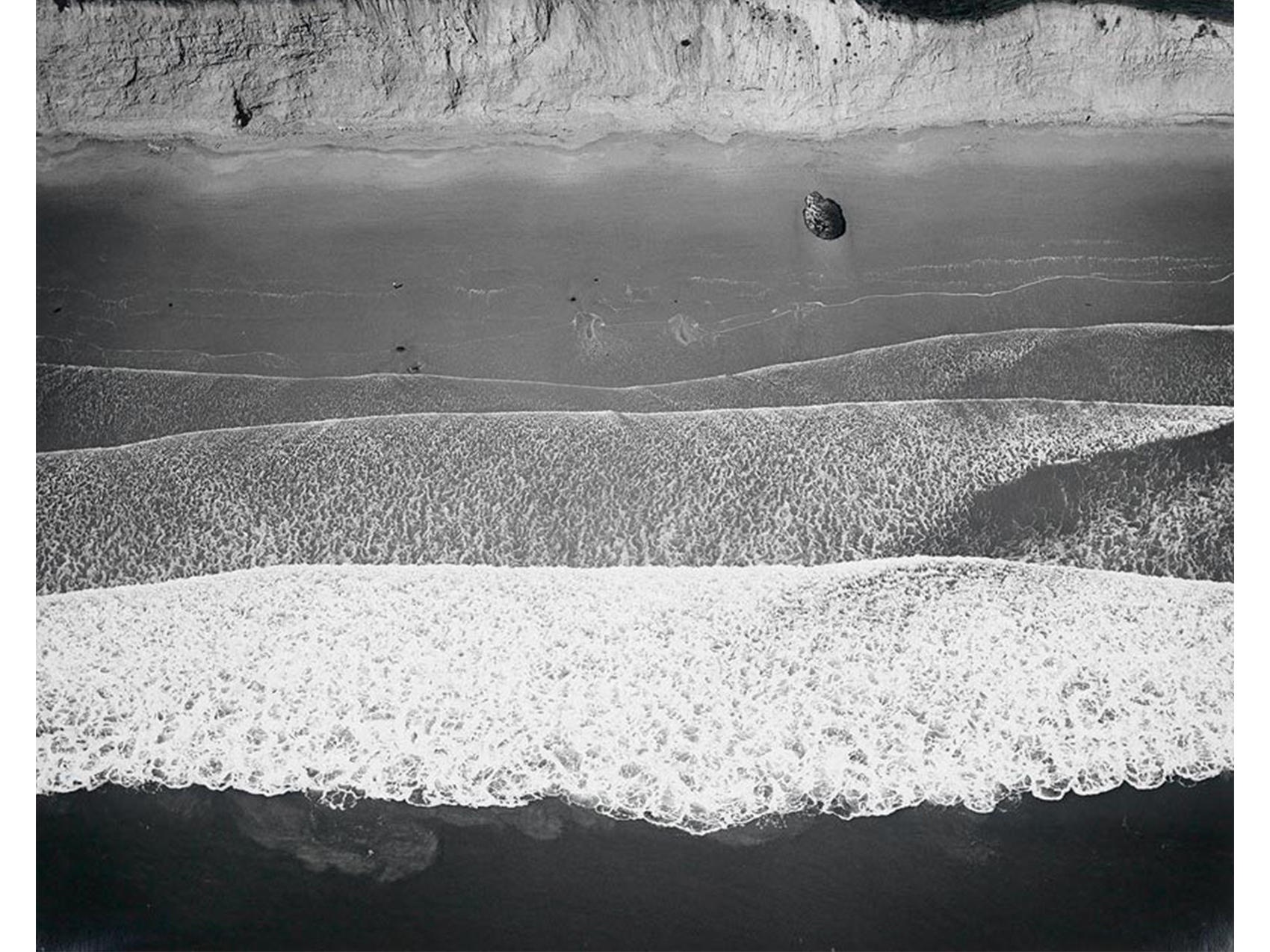
Student Picks: BREAKING WAVES - Exploring Water in Black-and-White Photographs
Student Picks is a SCMA program in which Smith students organize their own one-day art show using our collection of works on paper. This month’s student curator and guest blogger Kyle Boyd '15 discusses her show “BREAKING WAVES - Exploring Water in Black-and-White Photographs” which will be on view FRIDAY, November 7 from 12-4 PM in the Cunningham Center for the Study of Prints, Drawings, and Photographs. We hope to see you here!
Water has been a reoccurring theme throughout my life. I was born near Lake Champlain, one of the largest lakes in the United States. My parents gave me the middle name of Acadia, after the national park, which sits next to the Gulf of Maine. I grew up in the Connecticut River Valley. Summers were always filled with water activities at the ocean, lakes, ponds, and rivers. I was comfortable in the water and joined a swimming team when I was eight years old, and I’ve been swimming ever since. Water has been a constant throughout my life.

Edward Weston. American, 1886–1958. Rain over Modoc Lava Beds, California, 1940. Gelatin silver print mounted on paperboard. Purchased. Photography by Petegorsky/Gipe. SC 1941.12.5.
At Smith I have continued to learn more about the water world as I have pursued a degree in biology with a minor in marine science and policy. My courses have focused on marine animals including invertebrate diversity, invertebrate paleontology, and marine ecology. I spent my junior year away from Smith and immersed myself in marine studies. In the fall I spent a semester studying the ocean from an interdisciplinary perspective in Mystic, Connecticut. In the spring I travelled to Far North Queensland Australia to study the plants and animals of the rainforest and the Great Barrier Reef.

Harold Edgerton. American, 1903–1990. Water From a Faucet, 1932. Gelatin silver print. Gift of Lynn Hecht Schafran, class of 1962. Photography by Petegorsky/Gipe. SC 2003.43.1.3.
Water has always fascinated artists but the invention of photography expanded the ways in which water could be portrayed. Photographs allow you to play with perspective by allowing you to see things in a way which the human eye cannot. There are photographs in this show that are taken incredibly close-up; one, Water from a Faucet by Harold Edgerton (above), is focused on water coming out of a faucet. Another, Point Reyes, CA by Marilyn Bridges (below), was taken from a helicopter looking down on the seashore, and people on the sand are tiny and barely visible. Photography allows you to capture fast moving scenes such as waves, and waterfalls and pause them in a moment while still maintaining incredible detail. When most people think about water they think about the color blue. These photographs are all in black-and-white but there is still an unmistakable water quality about each image.

Marilyn Bridges. American, born 1948. Point Reyes, CA, 1981. Gelatin silver print. Gift of Nicole Moretti Ungar, class of 1982, and Jon Ungar. Photography by Petegorsky/Gipe. SC 2009.49.9.
I hope you all enjoy looking at water from a new perspective. I would like to thank the Cunningham Center and Maggie Kurkoski ’12 for all of their help in putting this show together.